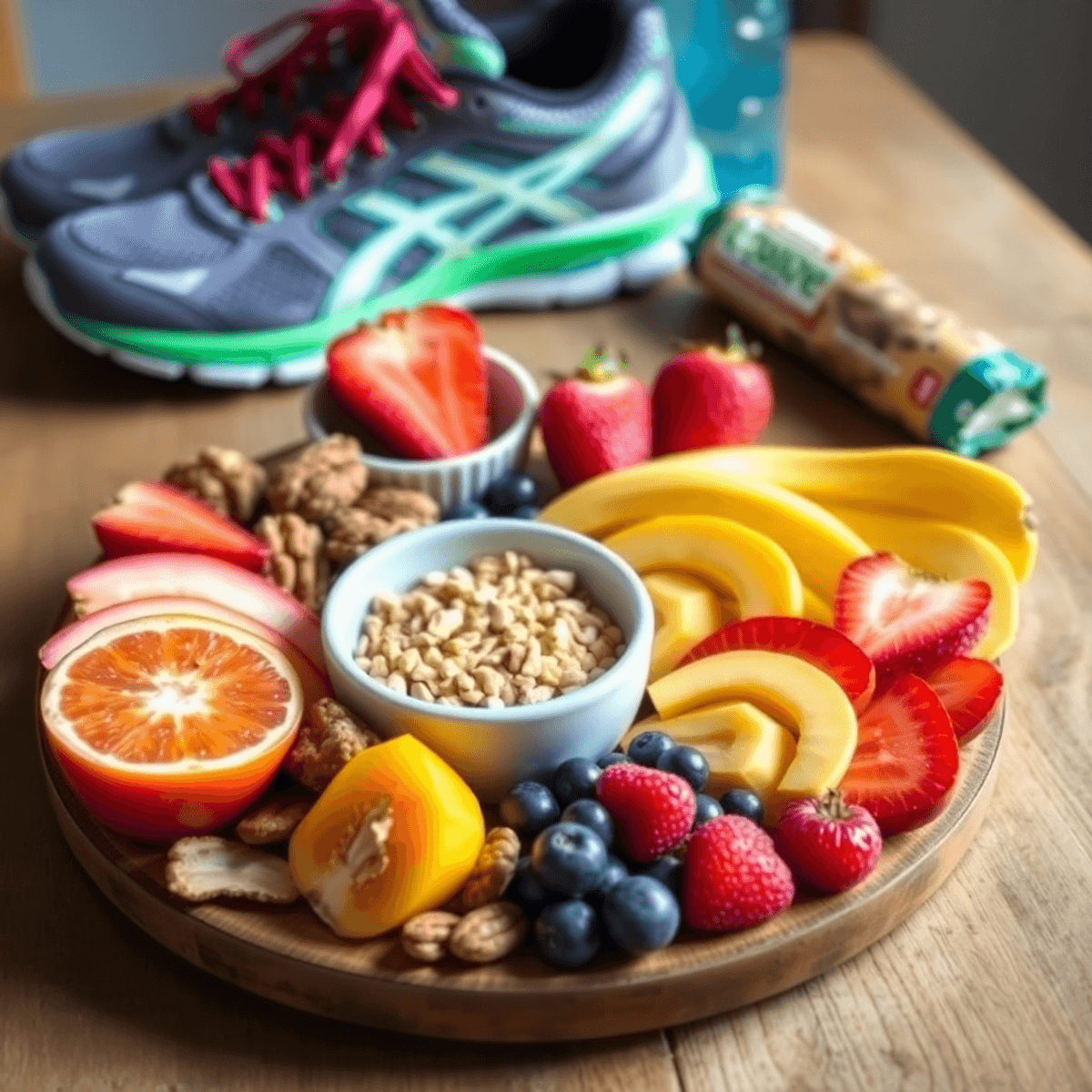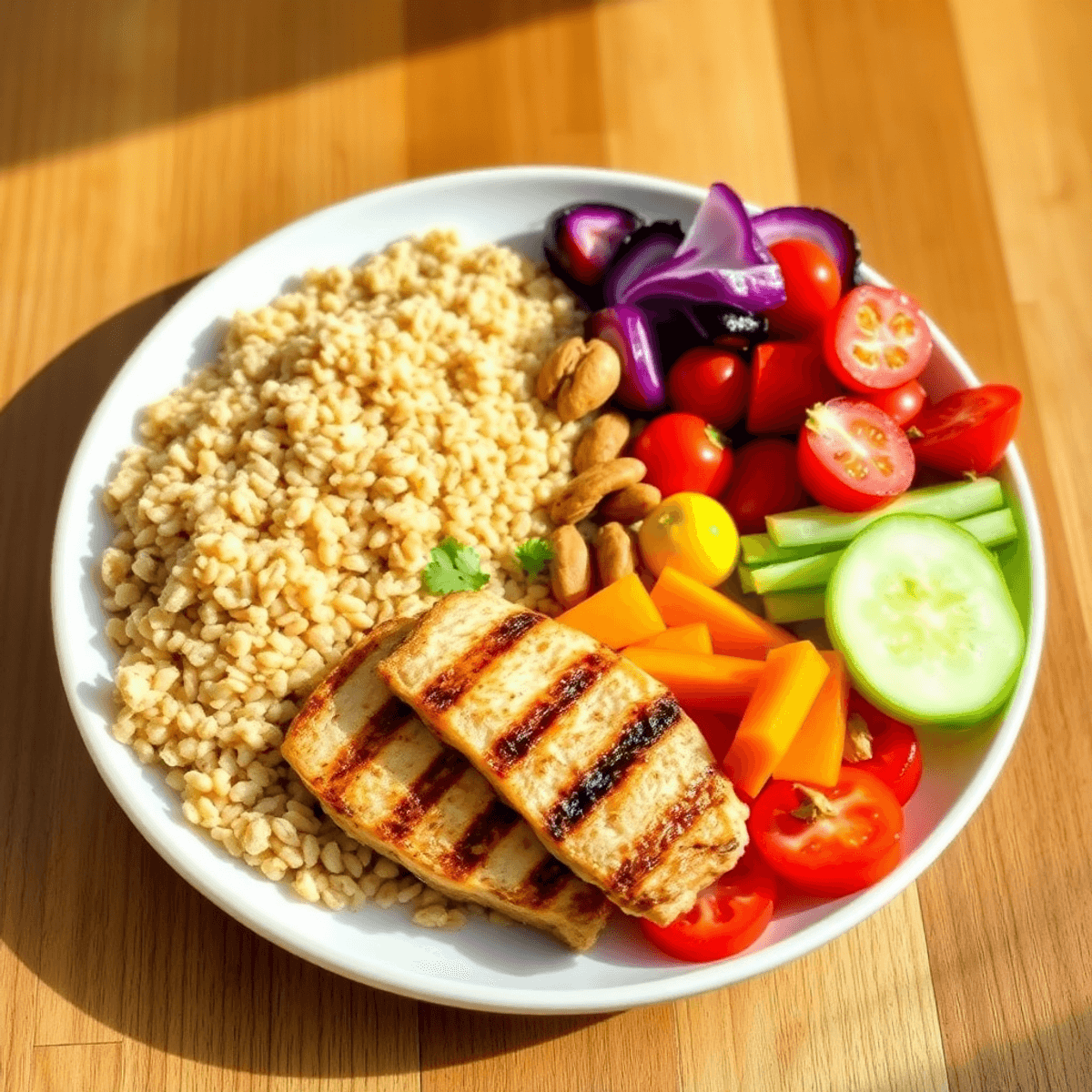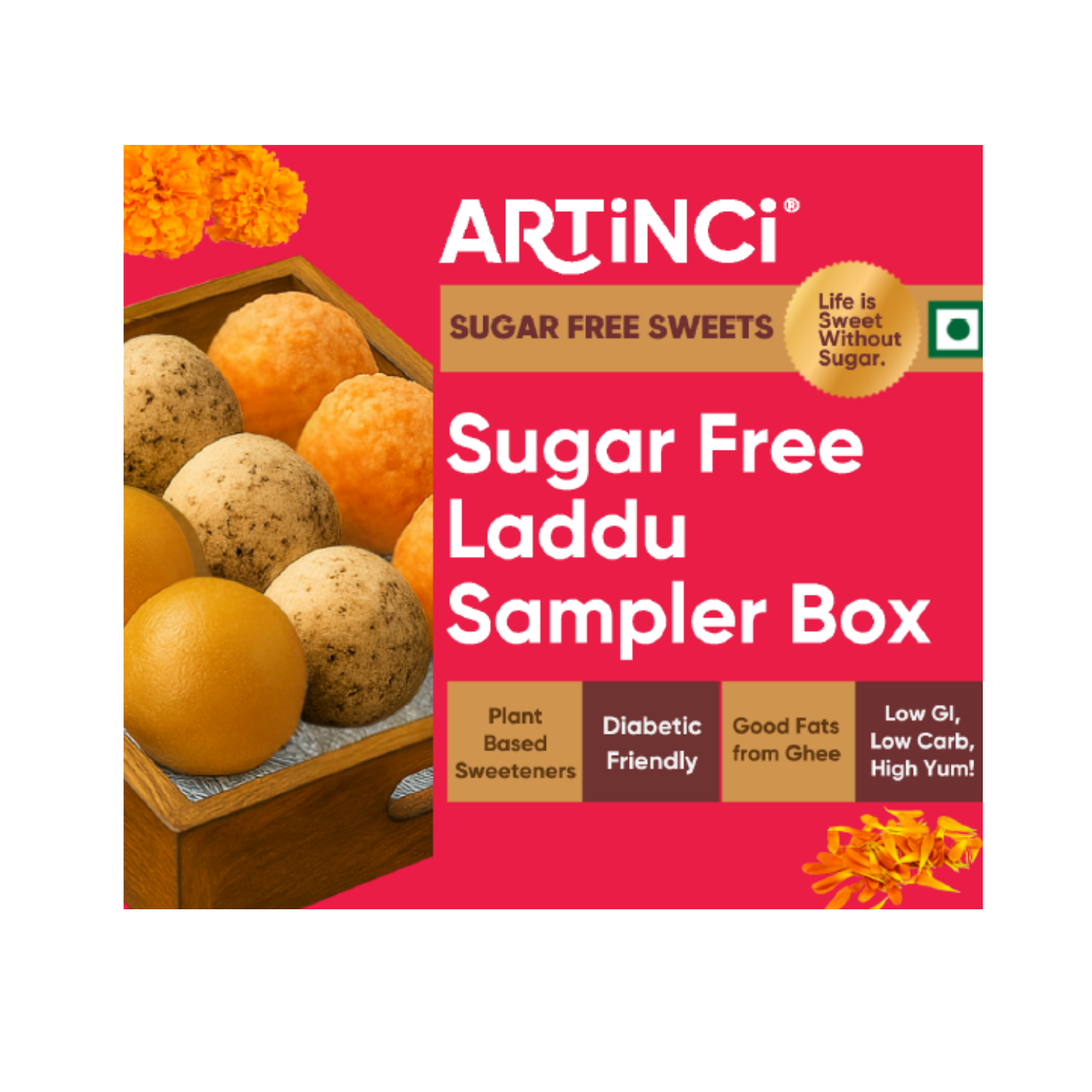Why Do Some Marathon Runners Stay Slim While Others Are Heavier?
When you look at the starting line of a marathon, you'll see something interesting - the runners come in all shapes and sizes. While many have the typical lean physique we associate with distance runners, others have fuller, more muscular builds. This diversity can be influenced by various factors, including each runner's unique marathon runners diet.
This diversity challenges our ideas about what a "real" marathon runner should look like. The truth? Marathon running attracts individuals with different body types, each bringing their own physical qualities to the sport.
The question "Why do some marathon runners stay slim while others carry more weight?" sparks important conversations about body diversity in endurance sports. Let's explore the science, training approaches, and individual factors that create this rich tapestry of runner physiques - proving that successful marathon runners come in all shapes and sizes.
While it's easy to think that weight differences are only due to genetics or training methods, lifestyle choices like diet also play a crucial role. For example, some marathon runners may follow a low-carb diet, which can greatly impact their body composition and performance.
But nutrition isn't just about carbs; it includes various food choices such as sweets and snacks. For those who enjoy sugary treats, indulging in options like Kaju Katli or Almond cookies can be guilt-free if they're mindful of their dietary needs. For instance, Kaju Katli offers a sugar-free option that's diabetic-friendly and perfect for those following keto diets.
Understanding Body Type Diversity in Marathon Runners
Your genetic makeup plays a significant role in determining your natural running physique. The three primary body types shape how runners store fat and build muscle:
1. Ectomorph
- Naturally lean and long-limbed
- Fast metabolism
- Difficulty gaining muscle mass
- Often seen in elite marathon runners
2. Mesomorph
- Athletic, muscular build
- Balanced metabolism
- Responsive to strength training
- Common among versatile runners
3. Endomorph
- Broader frame and shorter limbs
- Slower metabolism
- Higher tendency to store fat
- Natural strength advantages
These inherent differences explain why two runners following identical training plans might maintain different physiques. An endomorph runner might carry more body fat despite rigorous training, while an ectomorph naturally maintains a leaner appearance with minimal effort.
Your body type influences:
- Fat distribution patterns
- Muscle development response
- Base metabolic rate
- Natural running economy
Understanding your body type helps set realistic expectations and develop training strategies that work with your natural build rather than against it.
However, maintaining the ideal weight for your body type can sometimes be challenging, especially for those who are Endomorphs. In such cases, dietary adjustments play a crucial role.
Moreover, if you are looking for sugar-free, diabetic-friendly sweets, there are several options available that can cater to your dietary needs without compromising on taste.
Training Habits and Their Impact on Runner Physique
Marathon runners' training approaches significantly shape their physical appearance. Traditional endurance-focused training emphasizes long-distance runs, tempo sessions, and interval workouts - creating a lean physique with minimal muscle mass. This classic approach burns substantial calories while limiting muscle growth.
Strength-inclusive training plans paint a different picture. Runners who incorporate regular resistance training develop:
- Increased muscle definition
- Higher bone density
- Enhanced power output
- Greater overall body mass
A runner's chosen training style directly influences their body composition. Those following pure endurance programs often maintain lighter frames, while strength-integrated plans can add 5-15 pounds of functional muscle mass.
The sweet spot lies in balancing performance goals with desired physique outcomes. Elite marathoners might choose minimal strength work to maintain speed, while recreational runners could embrace more comprehensive training approaches. Some athletes deliberately maintain higher muscle mass through:
- Regular weight training sessions
- Protein-rich nutrition plans, which are crucial for supporting muscle growth and recovery
- Targeted power exercises
- Cross-training activities
These varied approaches demonstrate how training choices shape runners' bodies beyond basic endurance adaptations.
However, maintaining a balanced marathon runners diet is equally crucial in achieving desired physique outcomes. For instance, incorporating sugar-free sweeteners into one's marathon runners diet can help in managing calorie intake without compromising on taste. Products like those from Artinci, which offer guilt-free sweet treats such as almond cakes that are both gluten-free and sugar-free, can be beneficial for runners seeking to satisfy their cravings without deviating from their health goals.

While training habits play a significant role in shaping a runner's physique, it's essential to recognize the impact of nutritional choices as well. Balancing these two aspects—training and a well-planned marathon runners diet—can lead to optimal performance and desired body composition.
The Role of Nutrition in Marathon Runner Body Composition
Marathon runners' body composition reflects their unique nutritional choices and strategies. A typical marathon nutrition plan includes:
- Carbohydrate-rich foods (60-70% of total calories)
- Lean proteins (15-20% of total calories)
- Healthy fats (20-30% of total calories)

However, body composition changes extend beyond simple calorie math. Factors like nutrient timing, meal frequency, and food quality play crucial roles in how the body stores or burns fat, builds muscle, and maintains energy levels.
Some runners fall into restrictive eating patterns, believing less food equals better performance. This approach can lead to:
- Decreased bone density
- Hormonal imbalances
- Reduced muscle mass
- Compromised immune function
A balanced nutrition approach supports both performance and health through:
- Regular fueling throughout training
- Adequate protein for muscle repair
- Essential fats for hormone production
- Micronutrients for recovery and immunity
Ultra marathon runners often require additional calories and specific nutrition timing strategies, with some consuming up to 6,000 calories daily during peak training periods.
In this context, the right choice of sugar substitutes can be beneficial. For instance, erythritol is a sugar-free substitute that offers several advantages over traditional sugar. Moreover, incorporating healthier options such as sugar-free Motichoor Ladoo, which are made with pure ghee and no added sugar, could also be a delicious part of a balanced diet.
Similarly, sugar-free coconut cookies, which are diabetic-friendly and made with real coconut, could serve as a healthy snack option for runners.
Health Versus Appearance: What Defines a Healthy Marathon Runner?
The misconception that a lean physique automatically equals peak health has led many runners down dangerous paths. Research shows that runners at varying weights can achieve remarkable athletic performance while maintaining excellent health markers.
Consider these eye-opening facts:
- Athletes with higher body fat percentages often demonstrate superior endurance and recovery abilities
- A study of elite runners revealed that those with more muscle mass experienced fewer injuries
- Many top-performing marathon runners maintain a robust, athletic build rather than an ultra-lean appearance
The fixation on achieving an extremely slim physique can mask serious health issues such as decreased bone density, compromised immune function, hormonal imbalances, and reduced power output during races.
The true measure of a healthy marathon runner lies in:
- Consistent performance improvements
- Quick recovery between training sessions
- Stable energy levels throughout the day
- Regular menstrual cycles for female athletes
- Mental well-being and positive relationship with food
The Role of Nutrition in Marathon Training
Nutrition plays a crucial role in maintaining the health and performance of marathon runners. It's important to focus on healthy eating habits, which can include incorporating sugar-free products into your diet for better health outcomes. For instance, opting for Keto-friendly almond cookies or an almond flour cake can provide necessary nutrients without compromising your dietary goals.
Ultimately, the journey to becoming a healthier marathon runner should not be defined by societal standards of appearance but rather by personal health markers and performance metrics. This perspective is supported by recent studies emphasizing that focusing solely on weight can lead to detrimental effects on both physical and mental health. Instead, adopting a holistic approach that includes proper nutrition and understanding one's unique body composition can pave the way for sustainable success in marathon running.
Individual Choices and Priorities Among Marathon Runners
Marathon runners make deeply personal decisions about their training and lifestyle based on their unique goals and values. Some athletes prioritize achieving specific race times, dedicating themselves to strict training regimens and precise nutrition plans. Others focus on the pure enjoyment of running, maintaining a balanced lifestyle that includes social activities and diverse food choices.
Personal values significantly influence these choices:
- Performance-focused runners might accept a leaner physique as a byproduct of their intensive training
- Lifestyle-oriented athletes often maintain fuller figures while still completing marathons successfully
- Health-conscious runners balance weight management with sustainable, long-term wellness goals
Many successful marathon runners embrace their natural body types, refusing to compromise their physical or mental health for aesthetic ideals. These athletes demonstrate that marathon success isn't tied to a specific body type - it's about finding an approach that aligns with individual goals and values.
The running community now celebrates this diversity in approaches, recognizing that each runner's journey reflects their personal priorities and life circumstances. This acceptance creates space for athletes to make choices that serve their unique needs and aspirations.
Conclusion
Marathon running celebrates the incredible diversity of human bodies and their capabilities. A healthy runner's physique isn't defined by a number on the scale or a specific body shape - it's measured by strength, endurance, and dedication to the sport.
Your marathon journey deserves to be about personal achievement, not conforming to outdated aesthetic ideals. Each runner's path is unique, shaped by:
- Individual genetic makeup
- Personal performance goals
- Sustainable training approaches
- Long-term health priorities
The true spirit of marathon running lies in pushing your own limits, respecting your body's natural tendencies, and finding joy in the journey. Whether you're naturally lean or carry a fuller figure, your worth as an athlete is defined by your determination, resilience, and passion for running. Fuel your marathon journey with Artinci’s sugar free desserts—crafted to satisfy your sweet tooth while supporting your unique dietary needs. Whether you’re training hard or celebrating a personal best, indulge guilt-free and nourish your body the delicious way. Try Artinci today and enjoy desserts that love you back!
Disclaimer: The information provided in this article is for educational and informational purposes only and should not be construed as professional advice. Please consult with a healthcare professional or certified trainer before starting any new exercise program or making changes to your diet.
FAQs
1.Why do some marathon runners appear slim while others look heavier or almost fat?
Marathon runners exhibit diverse body types due to natural differences such as ectomorph, mesomorph, and endomorph builds. These variations influence fat storage and muscle mass, making some runners naturally lean while others have a fuller physique despite similar training.
2.How do different training habits affect the physique of marathon runners?
Training plans that focus solely on endurance tend to produce leaner physiques, whereas incorporating strength training can lead to more muscular or bulkier appearances. Balancing endurance and strength training helps runners maintain performance while shaping their desired body composition.
3.What role does nutrition play in the body composition of marathon runners?
Nutrition strategies for marathon runners go beyond calorie intake; balanced diets support energy needs and muscle development. Overly restrictive eating can cause unhealthy leanness, so maintaining a balanced nutrition plan is vital for both performance and overall health.
4.Is being extremely slim a reliable indicator of a healthy marathon runner?
No, extreme leanness does not necessarily equate to health. Heavier runners may be stronger and healthier, and equating low body weight with athletic success is misleading. Fitness should be assessed by overall health and performance rather than appearance alone.
5.How are cultural perceptions around marathon runner bodies changing?
There is a shift from the traditional 'skinny' ideal towards embracing stronger, curvier athletes. This change positively impacts female athlete representation and encourages body positivity, influencing runner self-image and fostering supportive running communities.


